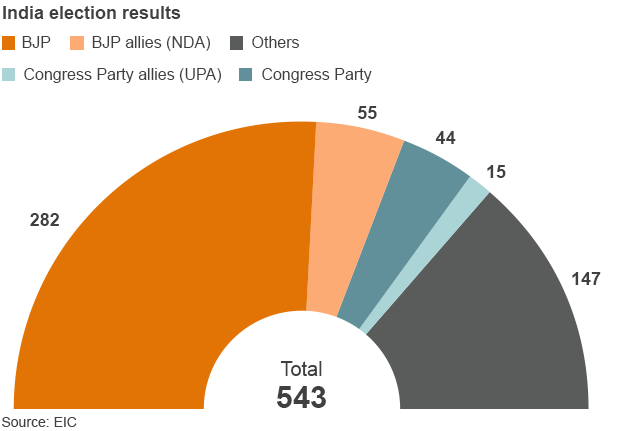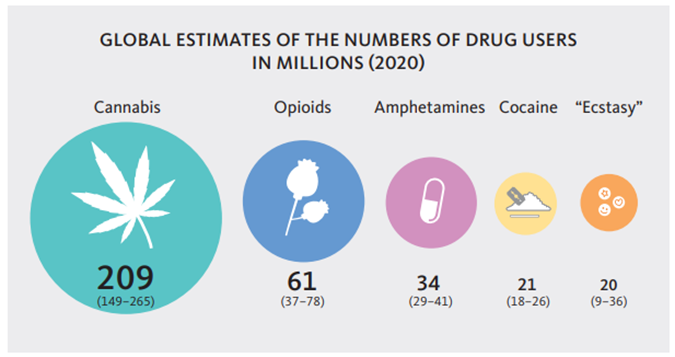China's Electric Motor Monopoly: Alternatives And Solutions

Table of Contents
The Extent of China's Electric Motor Monopoly
China's influence on the global electric motor market is substantial and multifaceted. This dominance isn't just about market share; it extends to control over critical raw materials, creating a complex challenge for other nations.
Market Share and Dominance
China holds a significant market share in various electric motor segments. While precise figures fluctuate, reports indicate Chinese manufacturers control upwards of 70% of the global market for certain types of electric motors, particularly permanent magnet motors crucial for EVs. This dominance is driven by factors such as substantial government investment in the EV industry, economies of scale, and a robust domestic supply chain. Key players like BYD, WEG, and others have aggressively expanded their global reach, impacting pricing and availability worldwide.
- Specific percentages of market share: While precise figures vary by report and motor type, estimates consistently place China's share well above 50% in key segments, with some exceeding 70% for specific high-performance motors. Further research from organizations like the International Energy Agency (IEA) and industry analysts is needed to provide precise, up-to-date statistics.
- Key Chinese manufacturers and their global reach: Leading Chinese manufacturers are aggressively expanding globally through direct sales, joint ventures, and supplying components to international automakers. This increases their influence and deepens global dependence.
- Impact on pricing and availability of electric motors globally: China's dominance gives it considerable leverage in setting prices and dictating availability, potentially creating challenges for manufacturers and consumers in other countries.
Upstream Control of Raw Materials
China's control extends beyond manufacturing. The country holds a near-monopoly on the mining and processing of rare earth elements (REEs), crucial components for high-performance permanent magnet motors. These REEs, particularly neodymium, are essential for the powerful magnets used in electric vehicle motors.
- Percentage of global rare earth mining controlled by China: China controls a vast majority of global rare earth mining and processing, with estimates consistently exceeding 60%.
- Impact of this control on the price and availability of raw materials: This control gives China significant leverage over the price and availability of these critical materials, creating potential supply chain vulnerabilities for countries reliant on these imports.
- Geopolitical implications of this dependence: This dependence creates geopolitical risks, as disruptions to the supply of rare earth elements could severely impact global EV production and other technological sectors.
Alternatives to Chinese Electric Motors
Reducing reliance on Chinese electric motors requires a multi-faceted approach focusing on boosting domestic production and diversifying supply chains.
Boosting Domestic Production in Other Countries
Several strategies can encourage domestic electric motor production outside China. These include government intervention, investment in research and development, and targeted incentives for local manufacturers.
- Government incentives and subsidies for domestic manufacturers: Governments can offer tax breaks, grants, and other financial incentives to encourage domestic manufacturers to enter or expand their electric motor production capabilities.
- Investment in research and development of electric motor technology: Significant investment in R&D is crucial to develop advanced and competitive electric motor designs and manufacturing processes.
- Examples of countries actively pursuing this strategy: Several countries, including the US and European Union members, are actively investing in reshoring and nearshoring initiatives to bolster domestic manufacturing and reduce reliance on China.
Diversification of Supply Chains
Diversifying supply chains is paramount for mitigating risk. This involves identifying and developing alternative suppliers in other regions and strengthening relationships with reliable international partners.
- Identifying and cultivating alternative suppliers in other countries: This requires proactive efforts to locate and nurture manufacturers in other countries capable of supplying electric motors and raw materials.
- Strengthening partnerships with reliable international manufacturers: Building strong partnerships with reputable international companies diversifies sourcing and reduces reliance on a single nation.
- Strategic stockpiling of critical raw materials: Governments may need to consider strategic stockpiling of rare earth elements and other critical raw materials to ensure continued supply in times of disruption.
Solutions for Mitigating Dependence
Addressing China's dominance requires a combined strategy of technological advancement and international cooperation.
Investing in Research and Development
Increased investment in research and development (R&D) is critical to developing more efficient and sustainable electric motors that reduce reliance on Chinese components.
- Focus on developing more efficient and sustainable electric motor designs: Research should focus on improving motor efficiency, reducing reliance on rare earth magnets, and exploring alternative materials.
- Exploration of alternative materials to reduce dependence on rare earth elements: This includes exploring alternative magnet materials, such as those based on iron or other readily available elements.
- Collaboration between governments and private sector companies: Effective R&D requires strong collaboration between government agencies and private sector companies to share resources and expertise.
Strengthening International Collaboration
International cooperation is essential to overcome the challenges posed by China's dominance.
- Sharing of technological advancements and best practices: Countries should collaborate to share knowledge and technological advancements in electric motor design and manufacturing.
- Joint ventures and strategic alliances between companies from different countries: Creating joint ventures and strategic alliances can foster collaboration and reduce dependence on any single source.
- Establishment of international standards for electric motor production: Establishing common standards and specifications promotes interoperability and facilitates trade.
Conclusion
China's electric motor monopoly presents significant challenges to global supply chains and geopolitical stability. Addressing this requires a multi-pronged approach encompassing increased domestic production, supply chain diversification, investment in R&D, and enhanced international cooperation. By actively pursuing these solutions, countries can mitigate their dependence on China's electric motor industry and build more resilient and secure energy systems for the future. Let's work together to find lasting solutions to address China's electric motor monopoly and create a more balanced global market.

Featured Posts
-
 Chinas Ev Industry A Global Challenge Is America Prepared
May 04, 2025
Chinas Ev Industry A Global Challenge Is America Prepared
May 04, 2025 -
 Turning Poop Into Profit An Ai Powered Podcast Revolution
May 04, 2025
Turning Poop Into Profit An Ai Powered Podcast Revolution
May 04, 2025 -
 Manfaatkan Cangkang Telur Pupuk Alami Dan Sumber Kalsium Untuk Tanaman Dan Hewan
May 04, 2025
Manfaatkan Cangkang Telur Pupuk Alami Dan Sumber Kalsium Untuk Tanaman Dan Hewan
May 04, 2025 -
 Analyzing The 2024 Singapore General Election A Pivotal Moment
May 04, 2025
Analyzing The 2024 Singapore General Election A Pivotal Moment
May 04, 2025 -
 The Impact Of Powerful Cocaine And Narco Sub Networks On Global Drug Trafficking
May 04, 2025
The Impact Of Powerful Cocaine And Narco Sub Networks On Global Drug Trafficking
May 04, 2025
Latest Posts
-
 Unrecognizable Lizzos Post Weight Loss Transformation At The Oscars
May 04, 2025
Unrecognizable Lizzos Post Weight Loss Transformation At The Oscars
May 04, 2025 -
 Lizzos Dramatic Weight Loss How Did She Do It
May 04, 2025
Lizzos Dramatic Weight Loss How Did She Do It
May 04, 2025 -
 Lizzos Weight Loss Journey A Transformation That Shocked The Internet
May 04, 2025
Lizzos Weight Loss Journey A Transformation That Shocked The Internet
May 04, 2025 -
 Finding Affordable Lizzo Concert Tickets Your Guide To The In Real Life Tour
May 04, 2025
Finding Affordable Lizzo Concert Tickets Your Guide To The In Real Life Tour
May 04, 2025 -
 Lizzo In Real Life Tour Ticket Prices A Comprehensive Guide
May 04, 2025
Lizzo In Real Life Tour Ticket Prices A Comprehensive Guide
May 04, 2025
